Nursery News Vol. 22
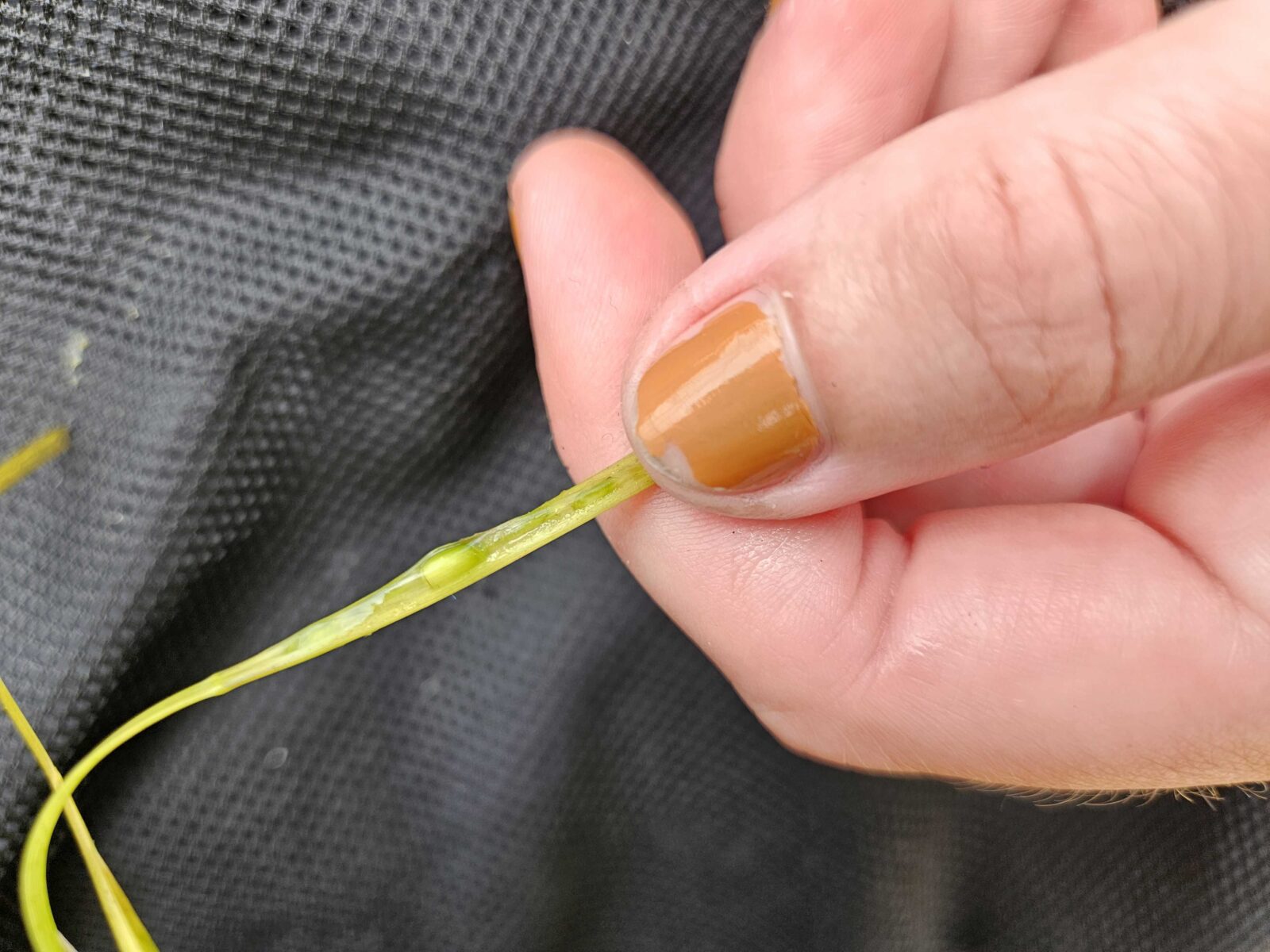
By Emily Yates
Seagrass app inspires a rise in citizen science across the globe
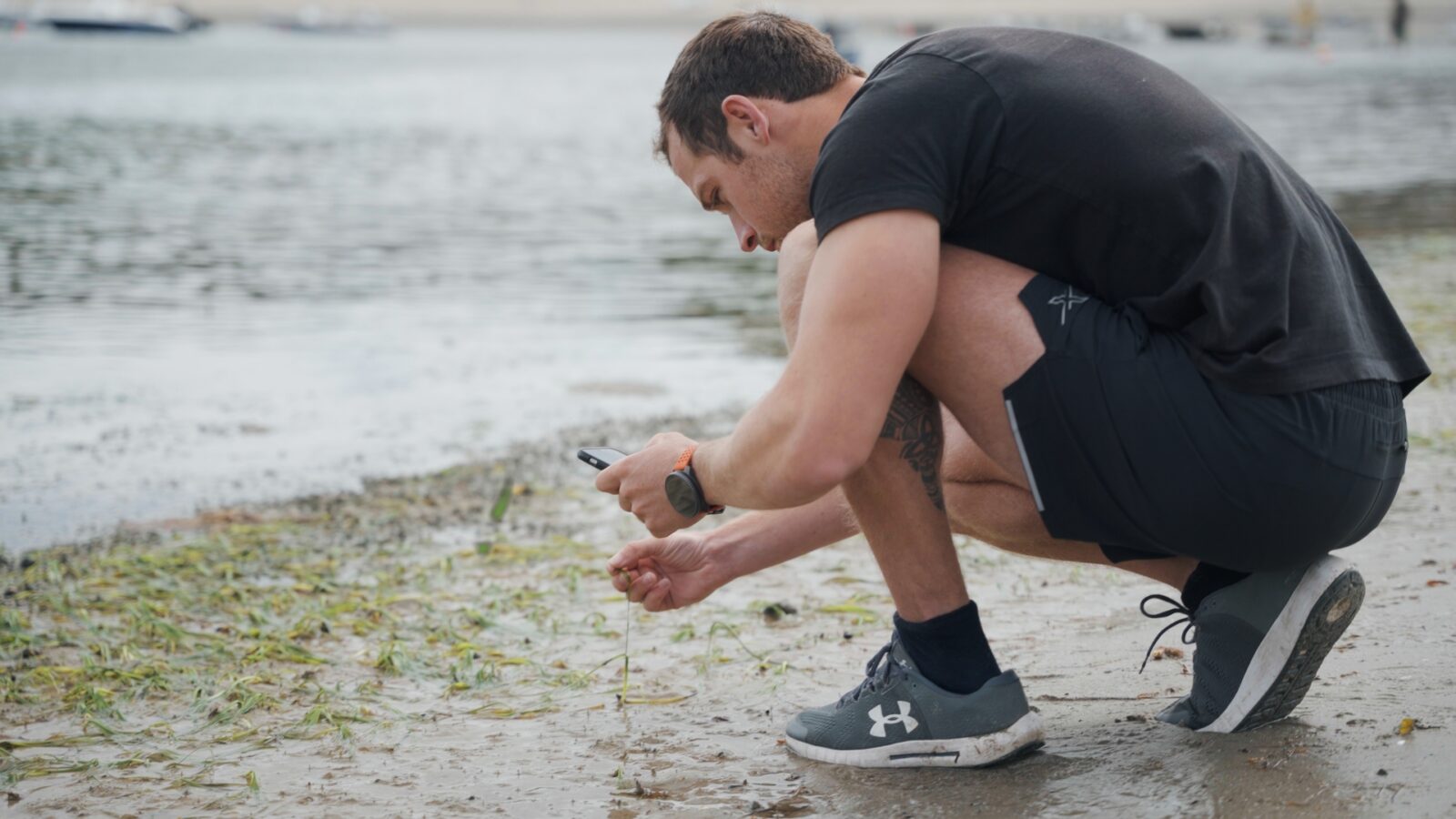
Internationally renowned charity Project Seagrass is marking it’s tenth anniversary by re-launching its citizen science website and mobile app SeagrassSpotter which enables anyone and everyone to engage with the seagrass meadows on their doorstep or anywhere else in the world, whether it’s there now or it once was. SeagrassSpotter was established in 2016 and allows people to upload point data showing the presence of seagrass with photo evidence. Since its initial launch, it has gathered over 7,000 sightings of seagrass from over 3,500 users across 105 countries and has recorded 45 species of seagrass. It’s relaunch will include new features, such as being able to record absence data to track where seagrass may have once existed but is now lost. Dr Leanne Cullen-Unsworth, CEO at Project Seagrass, said: “Over the last ten years, we have successfully raised awareness of the importance of seagrass and the role it plays in tackling the biodiversity and climate crises. Now we must accelerate efforts to protect and restore this vital habitat. Everyone can have a part to play in securing a future for seagrass and SeagrassSpotter is a great tool to engage and connect people in seagrass science and mapping all over the world.” The UK alone has lost up to 92% of its seagrass meadows, an essential ecosystem that protects our coasts, supports the fishing industry, and puts food on our tables. To monitor, identify and stop the loss of seagrass all over the world, Project Seagrass is calling for more people to engage in citizen science and not only record where seagrass meadows can be seen, but where they once were and now no longer are. Saving the world’s seagrass meadows is an essential task if we are to address both the climate and biodiversity crises, but making waves to do this requires the many, rather than the few. Seagrass has long been the unknown and forgotten oceanic plant, a plant that was once terrestrial, and is now becoming a household name as we learn more about its significance to both people and planet. For instance, seagrass supports 20% of the world’s largest commercial fisheries, therefore without it, our fish stocks will continue to drastically reduce. There are also communities all over the world who are dependent on seagrass, as their main food source, fish, derives from their local seagrass meadows. When considering nature-based solutions, seagrass meadows are high on the agenda and a hot topic for carbon sequestration and biodiversity support, however, the science required to evidence the quantities is not yet complete. We therefore have much to do in the next decade to ensure we protect the seagrass we have and put back what we have lost. To achieve this, we must all play our part, which is why citizen science is on the rise. With more people actively engaging in local projects, now is the perfect opportunity for Project Seagrass to re-launch their citizen science web platform and phone app, SeagrassSpotter. To explore the SeagrassSpotter tool visit https://seagrassspotter.org/
Project Seagrass celebrates its 10th birthday ?
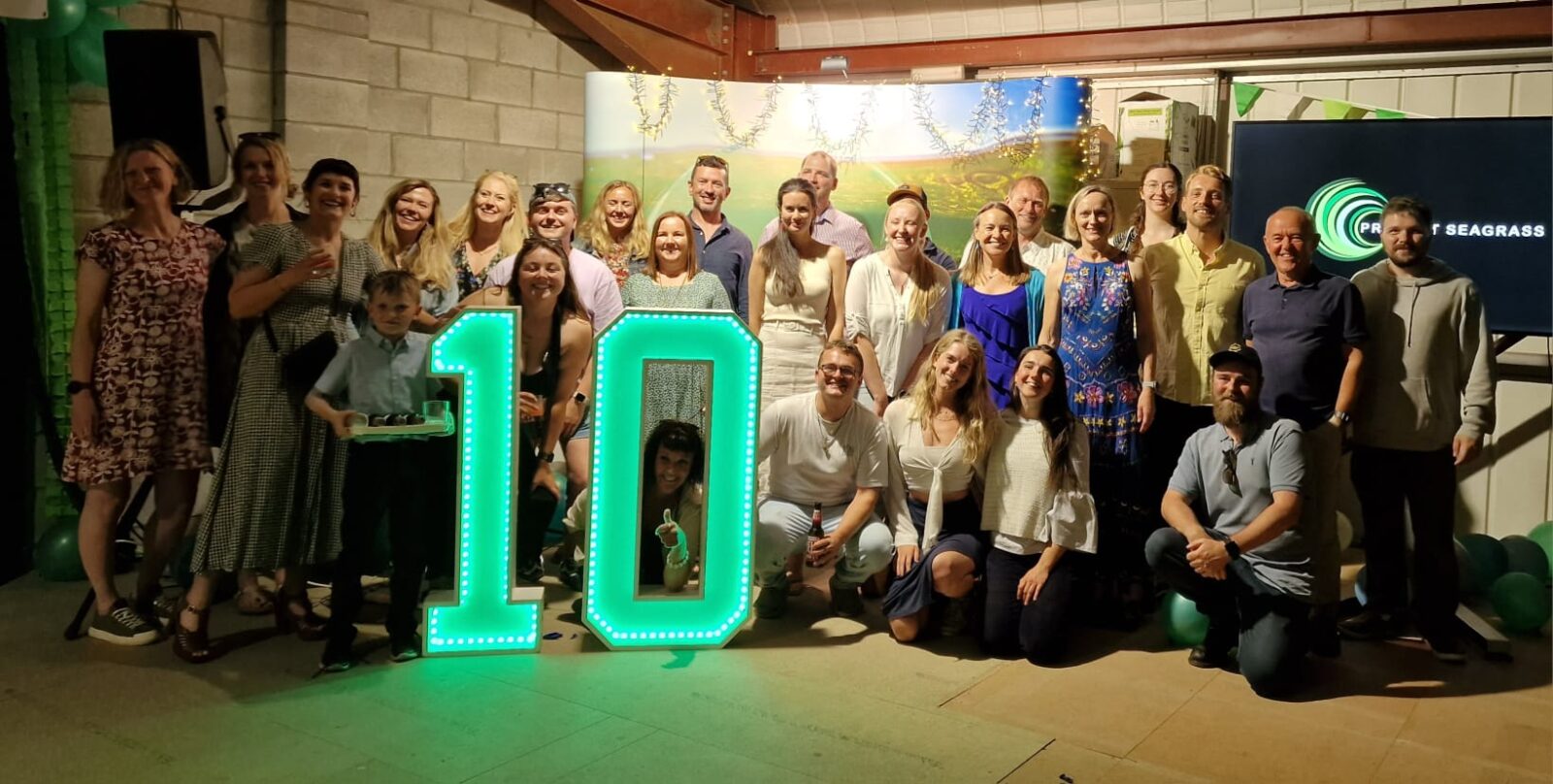
Reflecting on 10 years of Project Seagrass Project Seagrass was created on the 29th July 2013 with the vision of saving the worlds seagrass. As we approach our 10th birthday, we’re looking back on the last 10 years with our founder Ben Jones and CEO Leanne Cullen-Unsworth. Where we’ve come from Reflecting on 10 years of Project Seagrass, Dr. Benjamin Jones, one of the organisations founders, it’s Chief Conservation Officer and the current President of the World Seagrass Association, said: “We have all heard the story of two students bonding over their interest in seagrass meadows, both with different visions of the approach needed to conserve them and joining forces with their supervisor to, at first, create a non-profit association. I was not always interested in seagrass. In fact, I stumbled upon it in 2011 while on holiday in Dominican Republic. At the time I was mad for coral reefs, I had bought a new underwater camera, rented all the coral reef ID guides I could from the Swansea University library, and had the intention of spending two weeks snorkelling on the reef. To get to the reef though, I had to snorkel over 500m of this green stuff. And this green stuff captivated my attention. It was full of fish, invertebrates, all different shapes, sizes and colours. There were even different types of this green stuff – some that was like normal grass and some that felt like spaghetti. I think I got to the reef twice during that holiday – twice in two weeks. Instead, every day was spent in the green stuff. I was hooked, this green stuff was my calling, and I wanted to learn everything I could about it. If only I hadn’t filled my bag with coral reef books. Fast forward 18 months and I remember quite vividly where the name for the organisation that we are celebrating came from, and the vision that I had for what that name meant. It was a sunny day in May, a couple of weeks before my 22nd birthday, and I was on a train on my way home from West Wales. I had this square steel frame, a quadrat, fastened to my backpack and a cooler bag full of seagrass samples around my shoulder. I remember a few people asking me what on earth it was, and what I had been doing, to which I responded rather proudly “I’ve been surveying and sampling seagrass”. Yet, I quickly realised that they had no idea what I was talking about – they didn’t know what seagrass was. It was that train from Tenby to Swansea where I thought to myself, seagrass needs a voice. People do not have a clue that this group of plants even exists, let alone what they provide. Thoughts and feelings that each one of us directors arrived at independently.” “When I first uttered the words “Project Seagrass”, I was inspired by Project Tiger, launched in the 1970’s by the Indian Government, and now the largest species conservation initiative of its kind in the world. I was also inspired by Project Purple, Apples codename for what we now know as the iPhone. When I first uttered the words Project Seagrass, it symbolised a codename for conserving the world’s seagrass meadows, whether directly, just as Project Tiger has done for tigers, or indirectly through diverse means of communication, research and innovation, just like what was needed to create the iPhone. To all of us, Project Seagrass symbolises a much larger vision and movement, that transgresses us as individuals, as an organisation, and as a community. To me it symbolises a vision for seagrass itself, and for the people and biodiversity that depend on it – a vision for this quirkily plant that has existed for 140 million years, and seen species and civilisations rise and fall around the coastlines it has inhabited. Project Seagrass is a vision for this group of plants that needed a voice in the world. A lot has changed in the last 10 years. RJ has had two children, Leanne and Richard have had three, and I have had four campervans, but our visions for what Project Seagrass is and represents have remained the same. Project Seagrass represents a long-term vision to secure a future for the world’s seagrass, a vision to champion the thousands of individuals working towards that future with us, a future where one day, Project Seagrass may complete. Where Project Seagrass may no longer needed.” Acknowledging who got us here, and where we’re going Dr. Leanne Cullen-Unsworth, Chief Executive Officer of Project Seagrass, said: “Across the Project Seagrass team, I think we have all had our different journeys towards the realisation that seagrass is a critical habitat that supports life on our planet. For me, I connected with seagrass accidentally, back in the early 2000s researching marine resource use patterns in the Wakatobi in Indonesia for my PhD. I started that research imagining significant local dependence on coral reefs and mangrove forests, I had no idea that seagrass was so relied upon by so many people, and that it sustained life and lifestyles to such an extent. And that is a pattern that you see across the globe, everywhere there is seagrass, there are people that depend on it for food or subsistence, or cultural fulfilment. It delivers wellbeing across its range in so many different ways. And that is why we are looking forward to a future in which seagrass thrives in harmony with people. But there is still a lot of work to do to secure this future, and for now, Project Seagrass and other organisations like us are definitely needed. And so is the incredible support that we have had behind us over the past ten years. We need to keep the momentum going, we have started something and got people’s attention, the world seems to be listening, and so now is the time for us to work even harder
Nursery News Vol.21
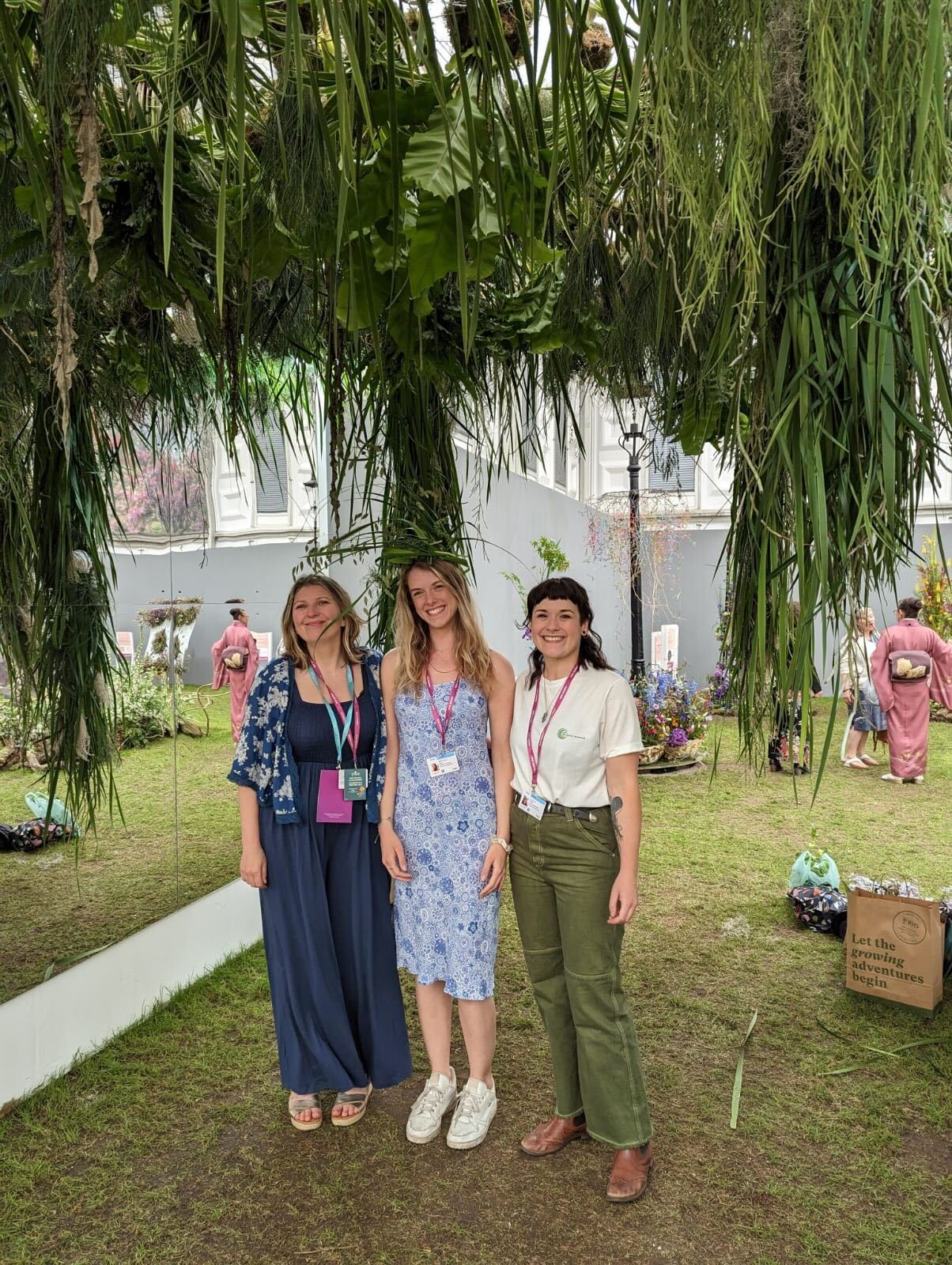
By Emily Yates
Nursery News Vol. 20
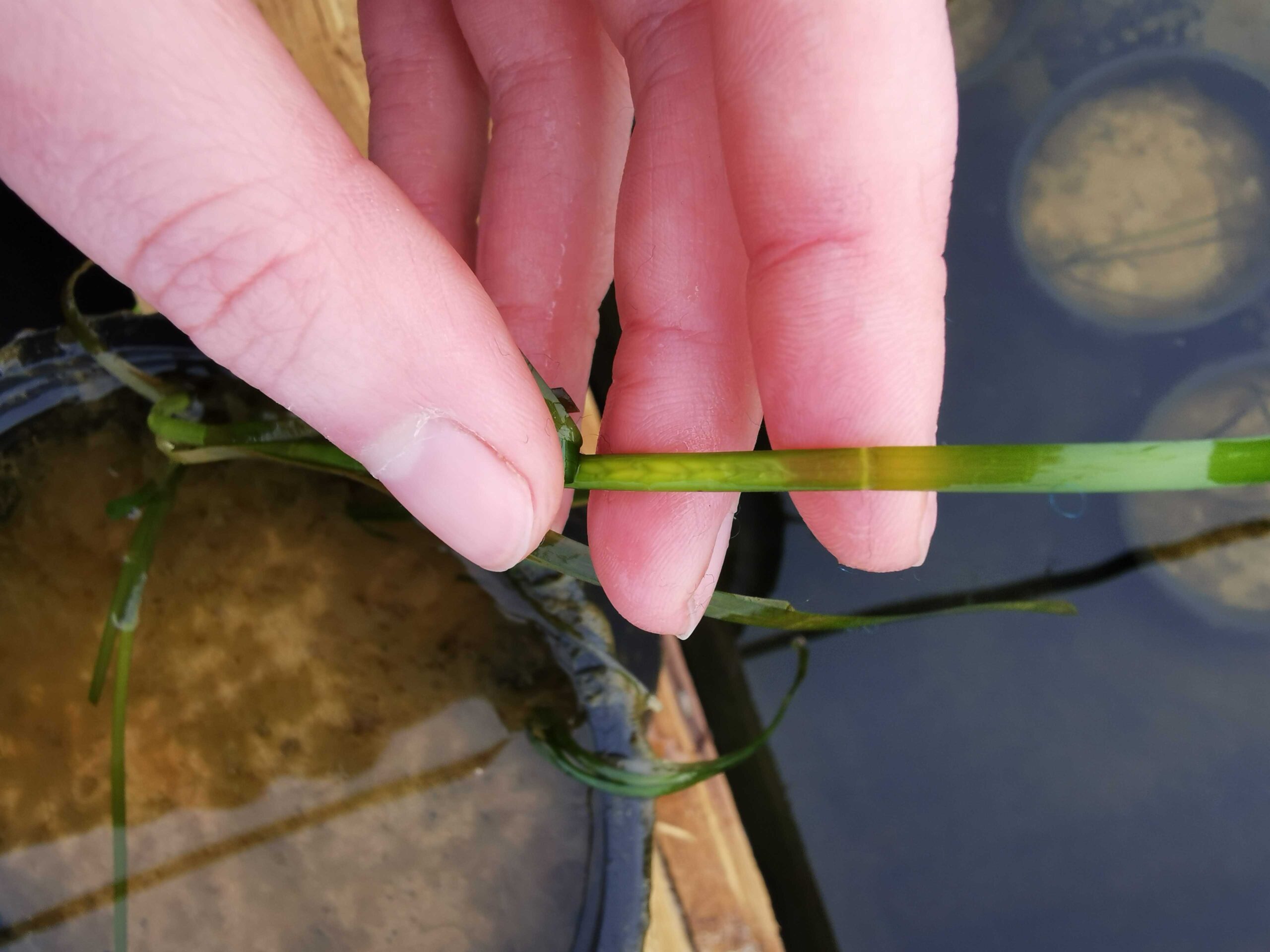
By Emily Yates
Nursery News Vol. 19
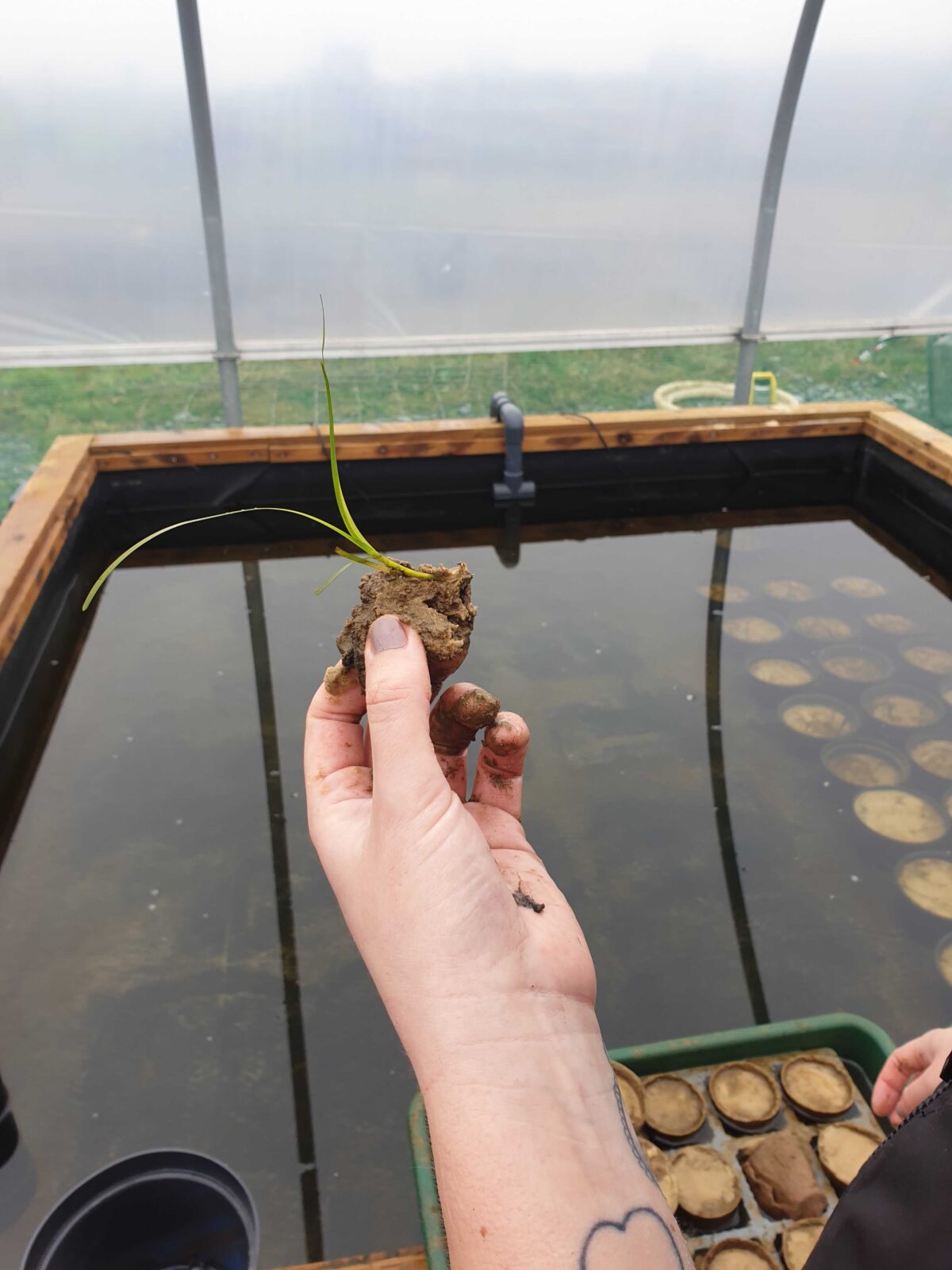
By Emily Yates To donate to our Aviva Community Funds and find out more, click the links below: Making marine conservation more accessible Saving the worlds seagrass Developing the Project Seagrass nursery
World Seagrass Day and Seagrass Awareness Month at Project Seagrass
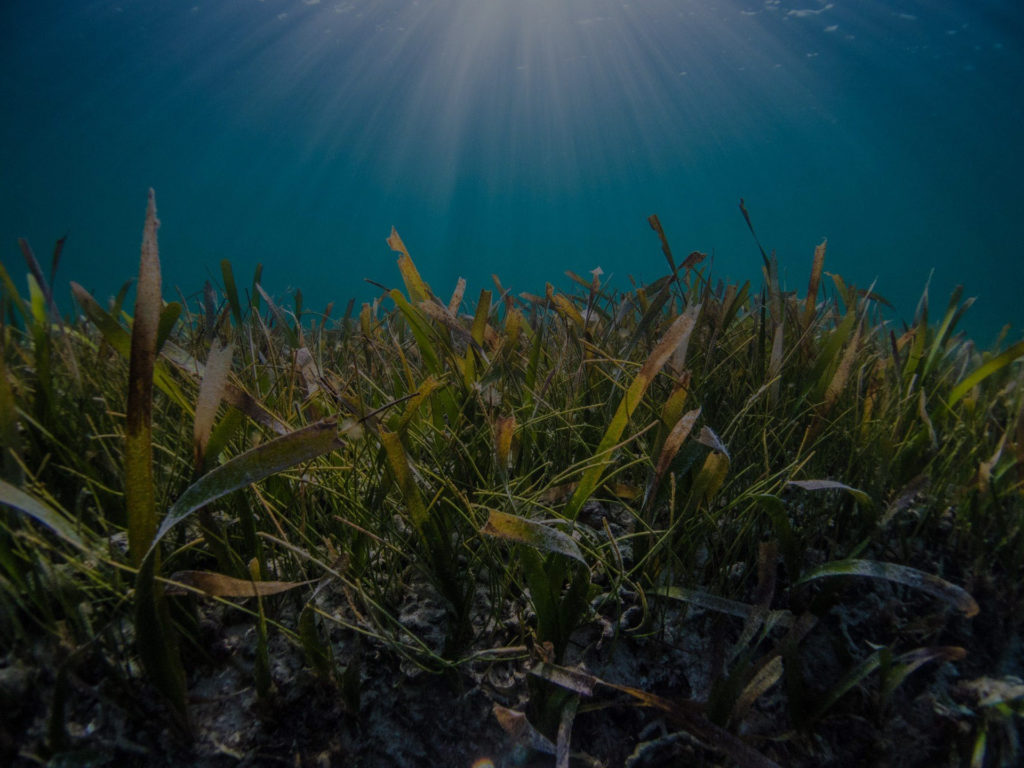
Storm Garry March 1st marked an important date in seagrass history as globally we celebrated the very first World Seagrass Day, formally recognised by the United Nations! This day will continue to annually raise awareness of the importance of healthy seagrass meadows. Seagrass is the only marine flowering plant in our ocean, creating vital marine habitats (known as seagrass meadows) within shallow, sheltered coastal areas. Seagrass meadows have many ecosystem services: they serve as a habitat, nursery ground and feeding area for thousands of marine animals. They also produce oxygen, improve water quality, buffer ocean acidification, reduce coastal erosion and lock carbon within their sediments. However, seagrasses are threatened globally and this is often due to anthropogenic threats such as industrial and agricultural pollution and coastal development. In order to protect these meadows, we must spread awareness of the ecosystem services seagrass holds. By conserving and restoring seagrass we can contribute to achieving 16 of the 17 Sustainable Development Goals, set by the United Nations. Here at Project Seagrass, we kicked off World Seagrass Day with a live international panel, where we took ‘a deep dive into the global challenges of seagrass conservation’. Within this webinar panelists discussed the challenges seagrass meadows are facing and how we can overcome them which built on our 2018 research article with the same name. Our international panel was followed by a LinkedIn Live alongside our partners at CGI UK, where we celebrated the release of a new open-source algorithm which will aid the mitigation of climate change and map biodiversity, by locating and quantifying seagrass meadows using satellite imagery. On the other side of the digital sphere, our Chief Conservation Officer (CCO) Benjamin Jones made an online appearance as President of the World Seagrass Association, speaking at a national event in Sri Lanka, hosted by the Ministry of Environment. This was hugely significant for Sri Lanka, since they set the ball rolling by tabling the resolution that led to the adoption of an official UN World Seagrass Day. Project Seagrass also participated in activities alongside our “Seagrass Ecosystem Services Project” partners Blue Ventures. The team at Blue Ventures and Husikonservasaun, celebrated with a beach clean, community events, seagrass talks and locally managed marine area (LMMA) talks in Hera, Timor Leste. Credit: Blue Ventures and Husikonservasaun The month of March is also considered Seagrass Awareness Month, the roots for which lie in Florida, USA, where organisations like the Fish and Wildlife Foundation of Florida use the month to celebrate seagrass and raise awareness about the significance of seagrass for the Florida’s waterways and wildlife. Throughout Seagrass Awareness Month, our Seagrass Ecosystem Service Project partners were busy conducting further Baited Remote Underwater Video (BRUV) and seagrass assessments. Blue Ventures, Timor Leste, Save Andaman Network, Thailand and Yapeka, Indonesia are using these assessments to identify key areas of seagrass for fisheries and monitor seagrass health. In addition, a new phase of our Seagrass Ocean Rescue project began in Wales, England and Scotland, UK, with over 300,000 seeds that we harvested last summer, leaving our seed storage unit to be planted. In Wales, this project will continue until the end of 2026, with an aim to have planted seagrass across 10 hectares of the seabed. This project builds on the support of the local community in Pen Llyn, Wales. Furthermore, we have also teamed up with WWF Cymru with a petition to call upon the Welsh Government and express the urgency to support the restoration seagrass meadows. Credit: Theo Vickers The first UN designated World Seagrass Day gave seagrass the recognition it deserves, being celebrated across the world. In recent years there have been many advancements in seagrass knowledge, however there is still a long way to go for seagrass. By continuing to raise awareness and better understanding these incredible marine plants, we can protect these vital ecosystems. Find out more about what we do our website: www.projectseagrass.org For more information on the UN’s Sustainable Development Goals: https://sdgs.un.org/goals
Visiting one of the worlds most remote seagrass meadows
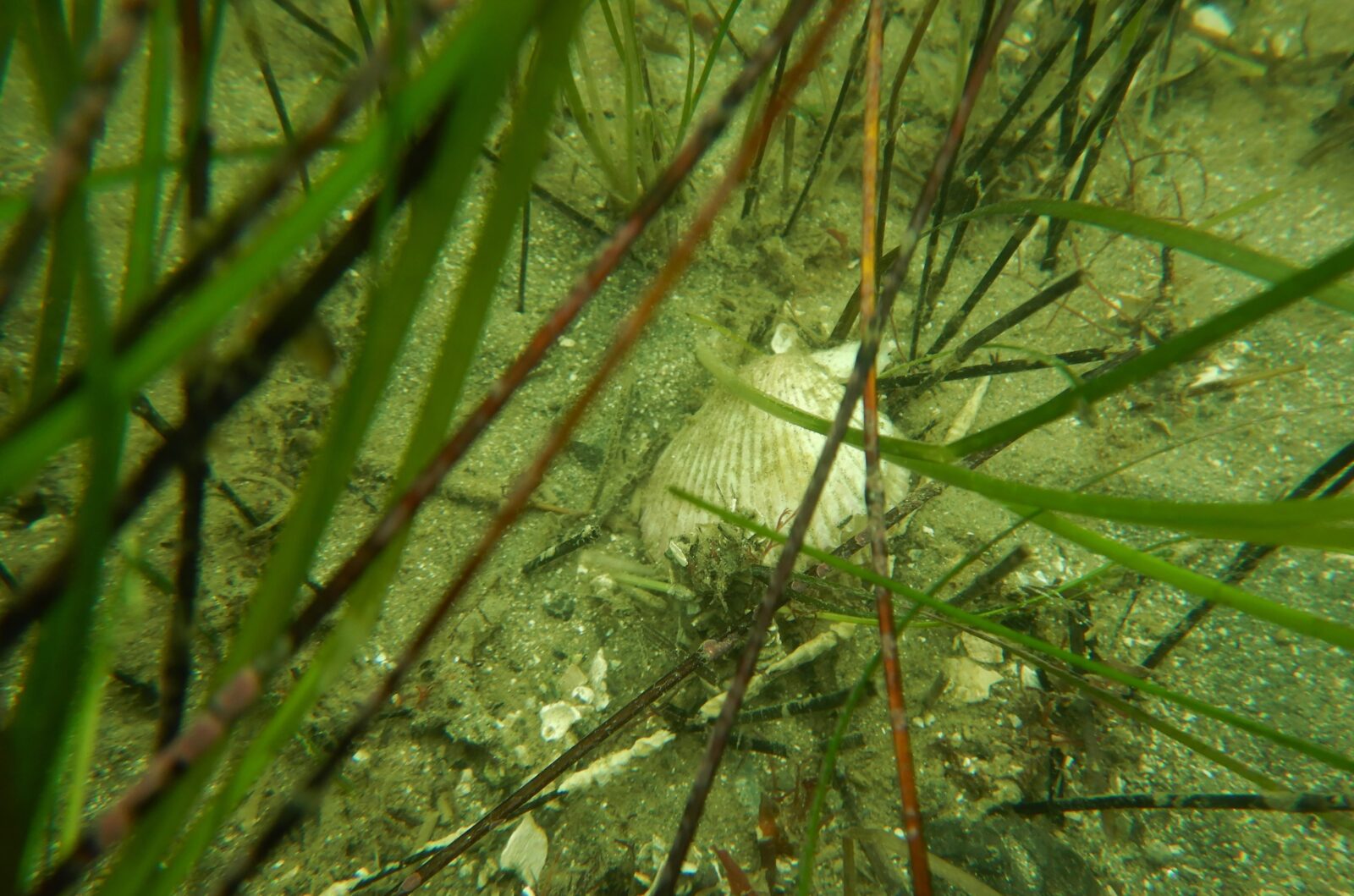
Eva Rothausler On a narrow stretch along the northern-central coast of Chile, the seagrass Heterozostera nigricaulis (syn. Zostera nigricaulis, Heterozostera tasmanica) occurs in three isolated patches no more than 300 km apart. It is a common intertidal to subtidal seagrass in the Zosteracea family and is found growing in protected and soft-bottom areas. Heterozostera nigricaulis is native to the southern coast of Australia (Coyer et al. 2013), from where it colonized Chile some 100s to 1000s years ago (Smith et al. 2018). In Australia, they form extensive meadows that produce large quantities of non-buoyant seeds and specialized vegetative rhizomes used for dispersal (Thomson et al. 2015, Smith et al. 2016, 2018). In Chile, however, H. nigricaulis was never found to flower or produce seeds. Instead, they likely grow only vegetatively, as suggested by a recent study that found the three populations to consist of only two non-flowering clones that are not mixed (Smith et al. 2018). The seagrass meadow of H. nigricaulis at Puerto Aldea is situated in the southern part of the Tongoy Bay, at a small fishing caleta. It has a continuous distribution at 1 to 6 m depth (personal observation) and is protected from onshore winds and waves by the headland Punta Lengua de Vaca, which is an important upwelling zone. The spatial extent of the meadow is about 1.2 km2 (Phillips et al. 1983) where it also grows under the jetty of the fishing caleta. Due to its remoteness and rare occurrence, H. nigricaulis is classified as endangered by the Chilean Ministry of Environment (https://clasificacionespecies.mma.gob.cl/). To date 117 different species of macroinvertebrates and 16 fish species have been reported from the seagrass meadow at Puerto Aldea (González 1990), but most likely the diversity is even higher. The meadow at Puerto Aldea is habitat to the commercially exploited species such as Argopecten purpuratus (scallop) and Romaleon setosum (crab) (Pérez-Matus et al. 2005, SUBPESCA Chile). Consequently, artisanal fishers use the meadow to extract scallops and they have recognized that it serves as an ideal nursery ground for this species, i.e. without seagrass there are no natural scallop populations. For this reason, the fishers protect their seagrass meadow (personal communication). It is estimated that about 30 artisanal fishers are associated to the fishing caleta (SUBPESCA Chile) at Puerto Aldea. As H. nigricaulis seagrass meadows are rare in Chile but provide important ecosystem services, e.g., livelihoods for fishers and efficient carbon sinks (nature-based climate change solutions), their protection must become an important priority in Chile. References Coyer JA, Hoarau G, Kuo J, et al. 2013. Phylogeny and temporal divergence of the seagrass family Zosteraceae using one nuclear and three chloroplast loci. Systematics and Biodiversity 11:271–284. González SA 1990. Heterozostera tasmanica (Martens ex Aschers.) den Hartog y comunidad asociada en el norte de Chile. Pre-graduate thesis in Spanish. Universidad Católica del Norte, Chile. Pérez-Matus A, Cifuentes M, Araya P et al. 2005. Solitary seagrass meadow in Chile supports a unique scallop garden.JMBA Global Marine Environment 2:1-4. Phillips RC, Santelices B, Bravo R, McRoy CP 1983. Heterozostera tasmanica (Martensex Aschers.) den Hartog in Chile. Aquat Bot 15:195-200. Smith TM, York PH, Broitman BR, et al. 2018. Rare long-distance dispersal of a marine angiosperm across the Pacific Ocean. Global Ecol Biogeogr 27:487-496. Smith TM, York PH, Keough MJ, et al. 2016. Spatial variation in reproductive effort of a Southern Australian seagrass. Marine and Freshwater Research 120:214-224. Thomson ACG, York PH, Smith TM, et al. 2015. Seagrass viviparous propagules as a potential long-distance dispersal mechanism. Estuaries and Coasts 38:927–940. Seagrass Project Fondecyt 1231236
Nursery News Vol. 18
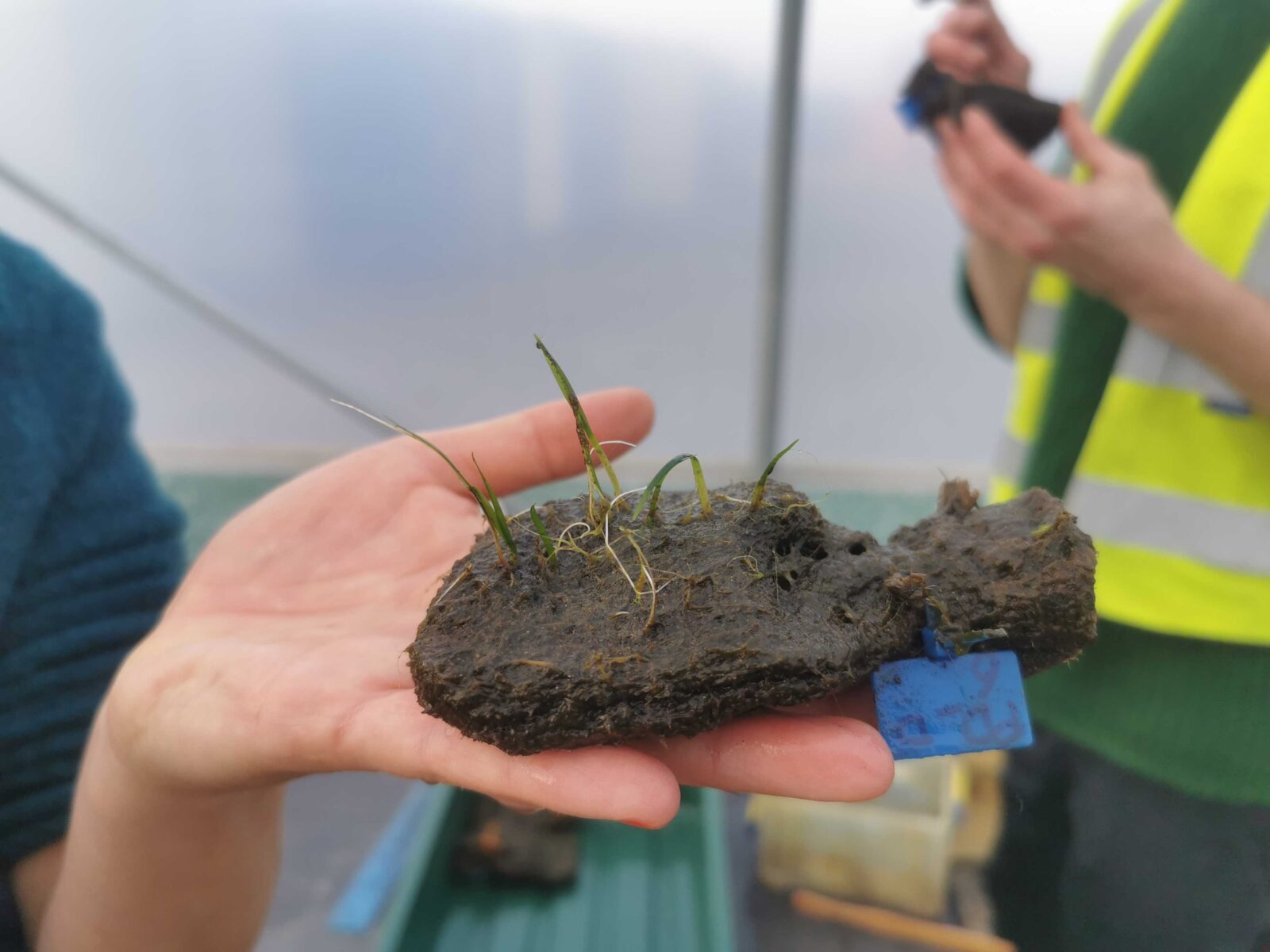
By Emily Yates.
Nursery News Vol. 17
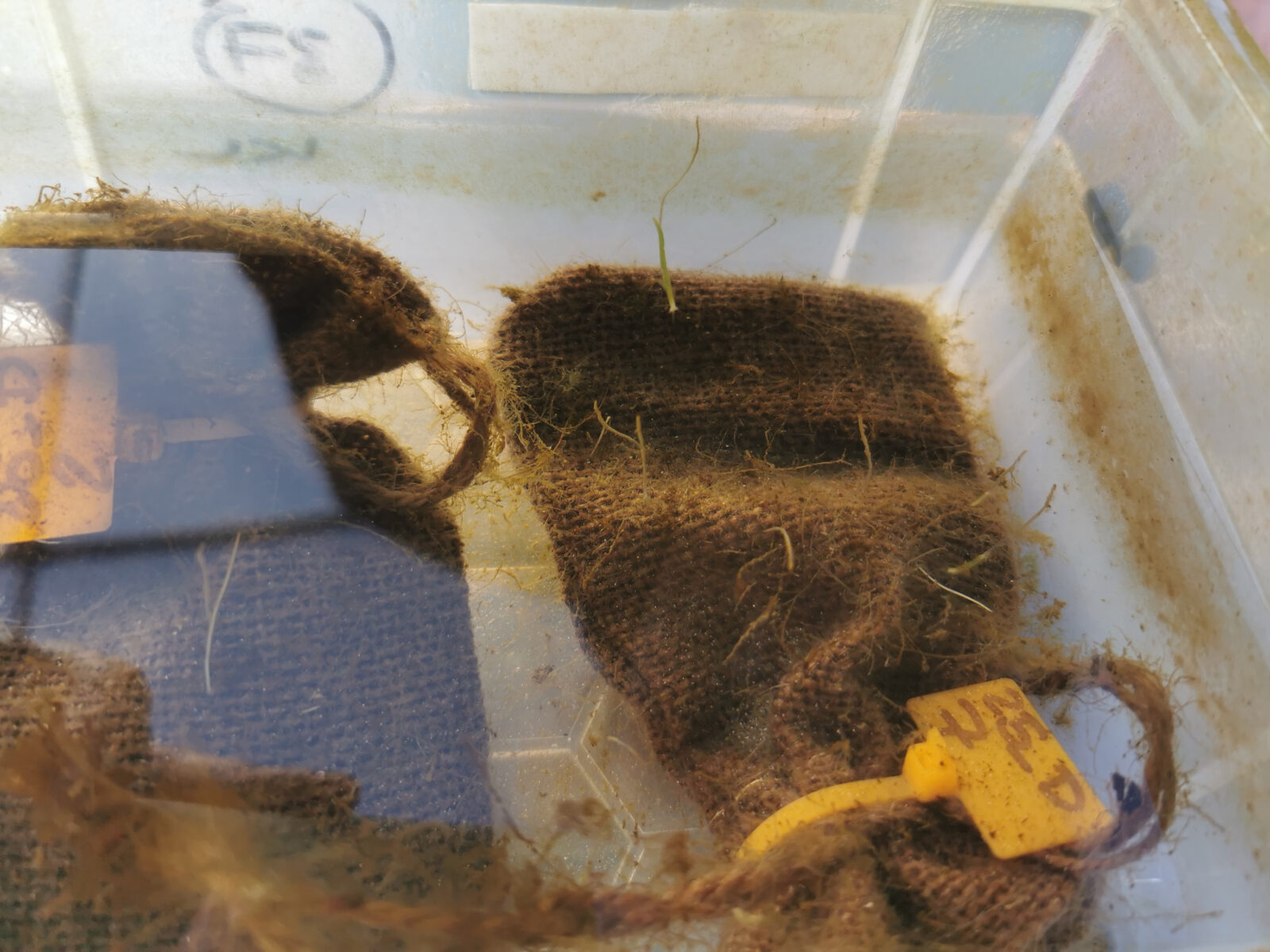
By Emily Yates

